Table of Contents
Introduction
Oral surgery is the oldest of the specialties of dentistry. This subject encompasses the diagnosis and surgical treatment of diseases in the mouth, jaws, and tissues.
Oral and Maxillofacial Surgery
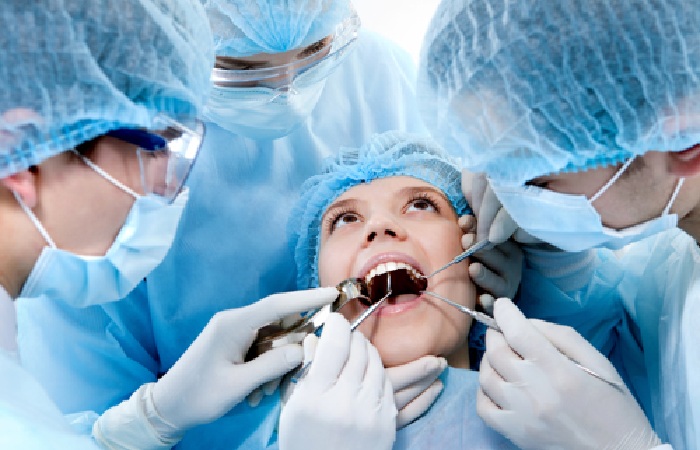
Oral surgery is one of the oldest dentistry specialties; Already since the times of the Mayans, Aztecs and Incas, different surgical interpositions have list in the oral cavity, such as extractions or, for less dental purposes, implantation of precious stones and other adornments.
What is Oral Surgery?
It consists of a medical-surgical speciality that varies from prevention to learning, treatment and therapy of any affectation in the mouth. In this way, oral surgical procedure is the option of choice for solving problems as standard as the extraction of pieces. Removal of lesions, dental implants, pre-prosthetic surgery or late treatment of bruxism, and the relevant histological analysis and study.
Surely you have heard – if you have not suffered them yourself – of most of the previous procedures. We will explain what they consist of, how they are accept, their benefits, and their risks.
Post – Intervention
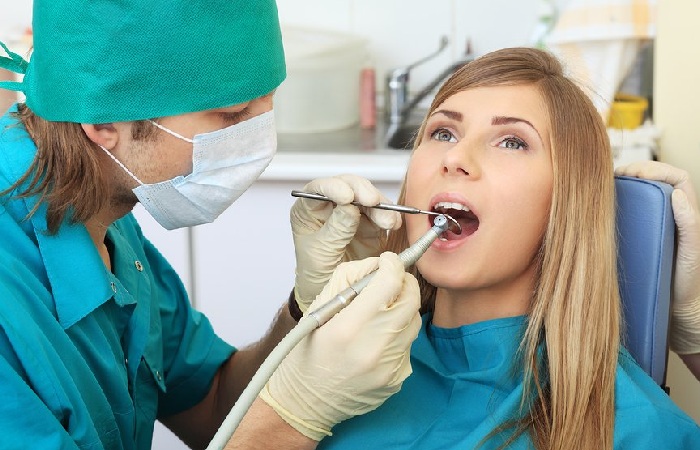
Once the intervention is accept, not everything is complete! Most of the work is done. However, special care must be taken, and the appropriate cures must be approved. The first measure to be carry out is to bite a gauze, placed in the place of the piece in question, for approximately one hour. This prevents excessive bleeding. In addition, the placement of a cold pack is advisable to minimize inflammation. Likewise, keeping the intervened area clean for the following days is essential to prevent any possible infection. You should not smoke, perform vigorous actions (rinse your mouth too hard, for example), or consume irritants such as very hot or cold food for at least the first 24 hours. In some cases, your dentist will prescribe and prescribe a pain reliever. Despite the objectively reasonable evolution of the lesion, it must be reviewed by the dentist who performed the intervention.
Dental Implants
Another of the most frequent oral and maxillofacial surgery interventions. It consists of the placement in the bone after extraction of a pure titanium screw on which a sheath or bridge will later be placed to recover aesthetic and masticatory functions.
Pre-prosthetic Oral and Maxillofacial Surgery
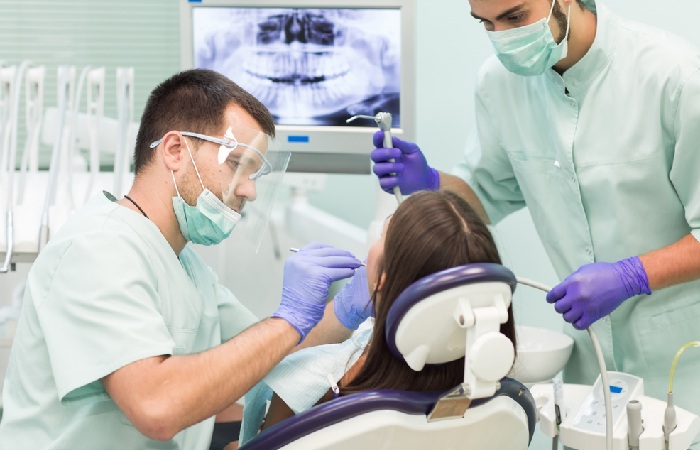
According to statistics, more than 70% of persons over 75 wear dental prostheses. There are different types:
Removable partial prosthesis: it is place on the mucosa and gums and is anchore to the existing pieces using hooks.
Complete removable prosthesis: for patients who do not retain any teeth. It rests on both the mucosa and the palate.
Fixed prosthesis on teeth: to use this prosthesis, it is necessary to lower the level of the teeth.
Fixed prosthesis on implants: very variable, both for one piece, several or an entire maxilla. It is the technique mention above, implantology.
Mucoimplant-support removable prosthesis: it consists of a complete denture that is adjust thanks to a bar. Which, in turn, is change thanks to the presence of several implants. It supposes a combination of the types above.
It is not essential to modify the oral cavity to adopt them. However, the prosthesis adjustment requires a more significant intervention in some cases. In these cases, therefore, the modification is made. Thus, the objective pursue is to provide bone or, failing that, other biocompatible materials to regenerate the area where the prosthesis will subsequently be implante.
Process
In this way, as mentioned, the material used to recover the lost bone and thus be able to place the prosthesis can be of two types: own or artificial. Where the patient’s bone is use, the origin is the hip, the skull (bones of the head), the chin or the higher part of the jaw. In the case of using artificial bone, some specific materials and preparations can be use without risk of rejection since they are biocompatible.
Oral Maxillofacial Surgery Against Bruxism
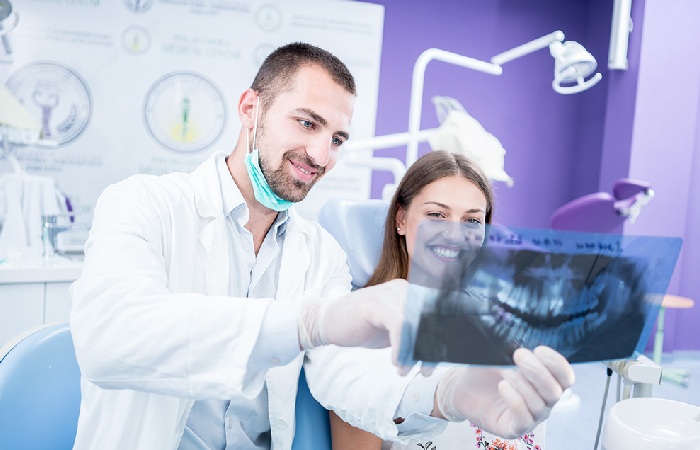
Bruxism is the involuntary clenching or crushing of false teeth. It affects a small percentage of the population, between 10-20% (adults and children), so it is a frequent pathology in dental consultations. In addition, not only does it cause functional problems of the teeth, but it also causes recurrent headaches, muscle pain in the jaw, neck and even the ear, and also causes excellent wear on the temporomandibular joint.
The causes of this involuntary action are related to states of anxiety or stress. However, recent studies have also established a relationship between genetic factors and the association of bruxism with allergies.
Injuries
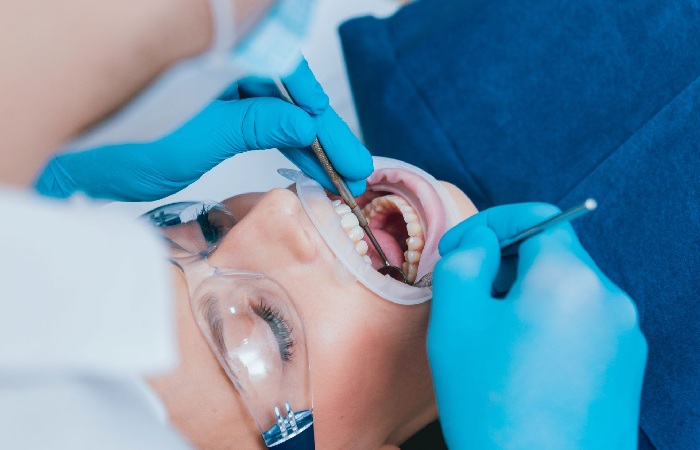
Oral maxillofacial surgery is also use in the case of neoplastic lesions, among others. There are different neoplastic processes in the mouth, the most common being squamous cell carcinoma, predominately in men over 50 years of age. Although, there are other types, such as melanomas, salivary glands or lymphomas.
It is imperative to accept that, in the presence of a wound in the lip corner. Tongue or any other part of the oral cavity that has not resolve in 15 days, the dentist must consult.
Conclusion
As you can see, these are the most common interventions in oral surgery. While it is true that they all carry some risk, the benefits and quality of life they provide to the patient are enormous. Of course, they must always be carried out in approved dental clinics like ours. With trained and experienced professionals who apply the relevant oral and maxillofacial surgery treatise.
Related posts
Featured Posts
Health Fusion Login – login.healthfusion.com
Health Fusion Login Health Fusion Login – Health Fusion is a company that provides physician offices and other medical practices…
Hot Honey Sauce – Recipe, Use, Tips, Ways, and Natural
Hot Honey Sauce Get ready to drizzle this crazy decent hot honey Sauce on all! This is not your characteristic…


